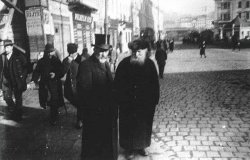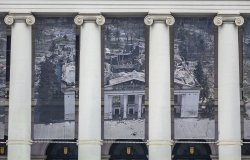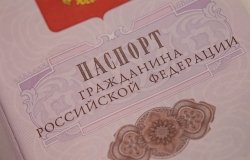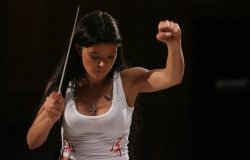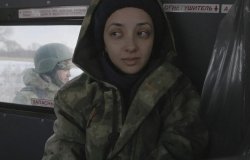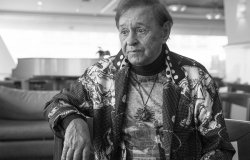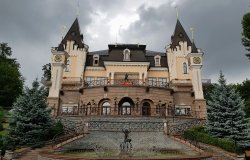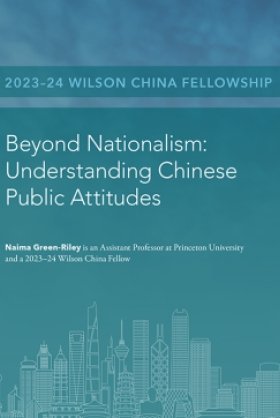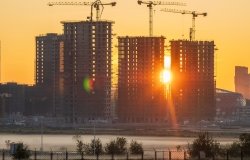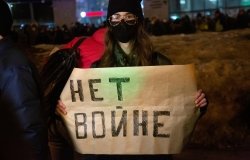Kennan Institute Recommends: Ukrainian Culture Spotlight
The Kennan Institute recently asked some of our scholars and staff about the contemporary Ukrainian art that they’ve enjoyed recently. Here are their top recommendations, from painters to pop singers.
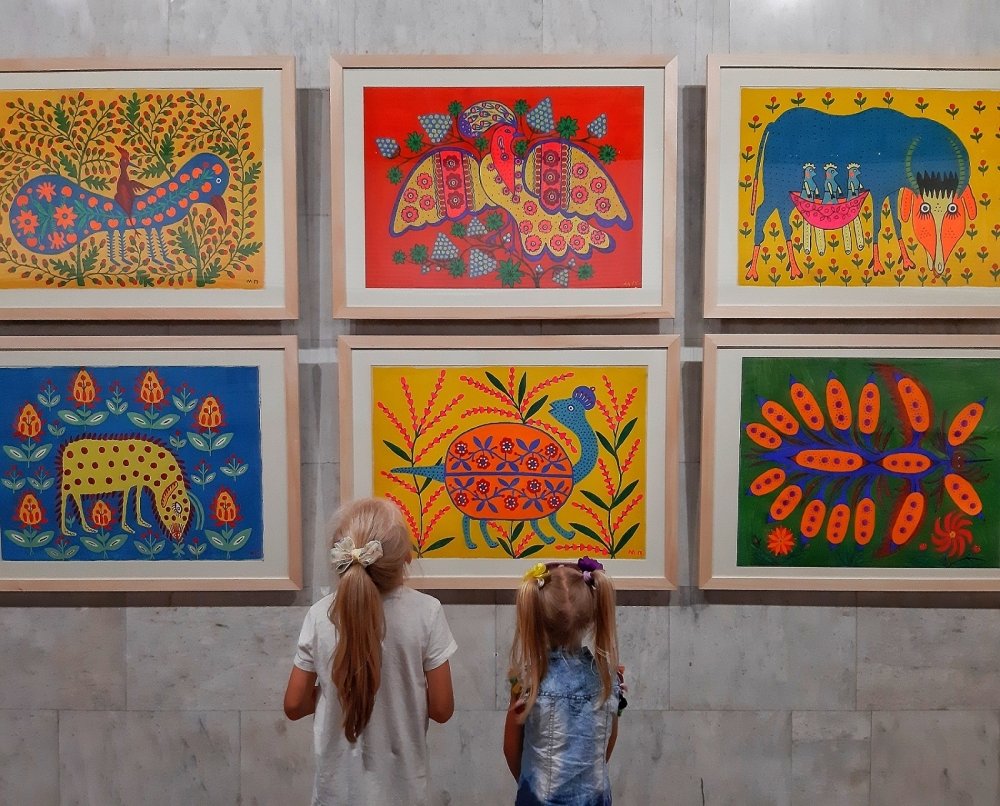
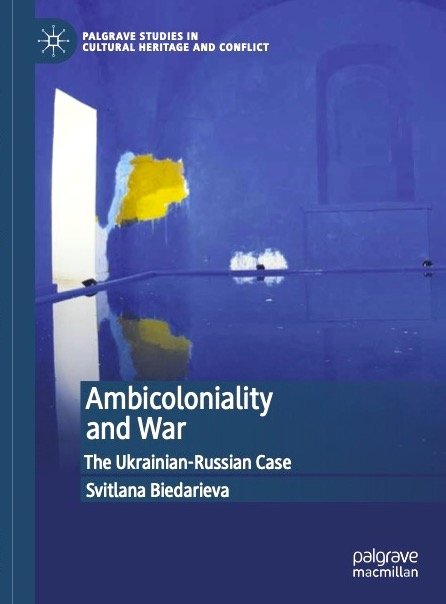
Courtesy of Svitlana Biedarieva
Svitlana Biedarieva, Former George F. Kennan Fellow
The ongoing exhibition Szilvashi’s Circles(until 27 October) at the International Convention Center “Ukrainian House” in Kyiv, organized by UMCA, is my main recommendation for this fall. The exhibition is the first large-scale retrospective of the Ukrainian artist Tiberiy Szilvashi, a prominent representative of the Ukrainian New Wave, the art movement that reflected on post-Soviet transformations in Ukrainian society and culture. Szilvashi works with color, and his particular interest is building a relationship between painterly surface, texture, and space – a combination that can reflect on important societal concerns and disarm them from tension by the use of color and visual illusion. The ground floor or the exhibition features a centerpiece installation Maliarstvo [Painting], a round pool, in the lapis lazuli shade of the trademark “Szilvashi blue,” which echoes and amplifies the geometry of the building’s modernist construction. In his attempt to resignify the historical space, which was originally constructed as the Museum of Lenin, imbuing it with new depth, Szilvashi refers to his landmark exhibition in the eighteenth-century building of the National University “Kyiv-Mohyla Academy”, curated by Jerzy Onuch in 2000. There, the artist reworked the space, which had been subject to numerous transgressions from the Russian and then Soviet imperial and colonial rule by placing a pool of water that reflected the deep blue walls with accents of yellow and pink paint. In Ukrainian House, Szilvashi’s exploration of depth, is a sign of continuity, to the point of eternity, as he creates this exhibition during the wartime.
I am particularly grateful to Tiberiy Szilvashi for allowing me to use the image of the original Maliarstvo project on the cover of my book Ambicoloniality and War: The Ukrainian-Russian Case, forthcoming in Palgrave in early 2025. By using this image, I explored the angle from which both coloniality and historical continuity can be contained in the spatiality of painting as the tool of political expression.

Credit: Svitlana Biedarieva
Another of my recommendations are the new paintings by Ukrainian painter Lesia Khomenko, who masterfully works with the temporality of images. Her works from 2023-2024 attempt to record moments of violent impacts, which are regularly censored from public view in the media due to their traumatic nature. Khomenko’s large-scale series in acrylic on canvas addresses the impossibility of directly comprehending war images and deals with a necessity of fragmenting them into selected elements that serve as collateral evidence of war crimes and military resistance actions on the frontline. The artist sources documentary material from violent videos found in the web and, taking isolated frames from them, reworks the images as sets of expressive brushstrokes and combinations of shapes, showing how documentation of trauma and atrocity can become a powerful source for abstract art, which triggers the viewers’ emotional engagement and at the same time, mediates this impact and protects them from the explicit, often unbearable, visuality of war. Known for her critical reassessment of the figurative Socialist Realist legacy, in her scrupulous, nearly forensic work with the new paintings, Khomenko reaches the ultimate steps of fragmentation and deconstruction of photographic realism. She depicts exact moments of explosions, drone attacks, ruptures from bullets entering the surface, and related death and injuries occurring during the Russian war in Ukraine as if frozen in time. I propose that this impressive, analytical project represents a new stage in Ukrainian wartime art – the one that concerns itself not only with the war violence and its immediate consequences but with a detached, critical perspective on it, which equally avoids heroization and judgment. Khomenko will show these works in comprehensive exhibition at the PinchukArtCentre in 2025.
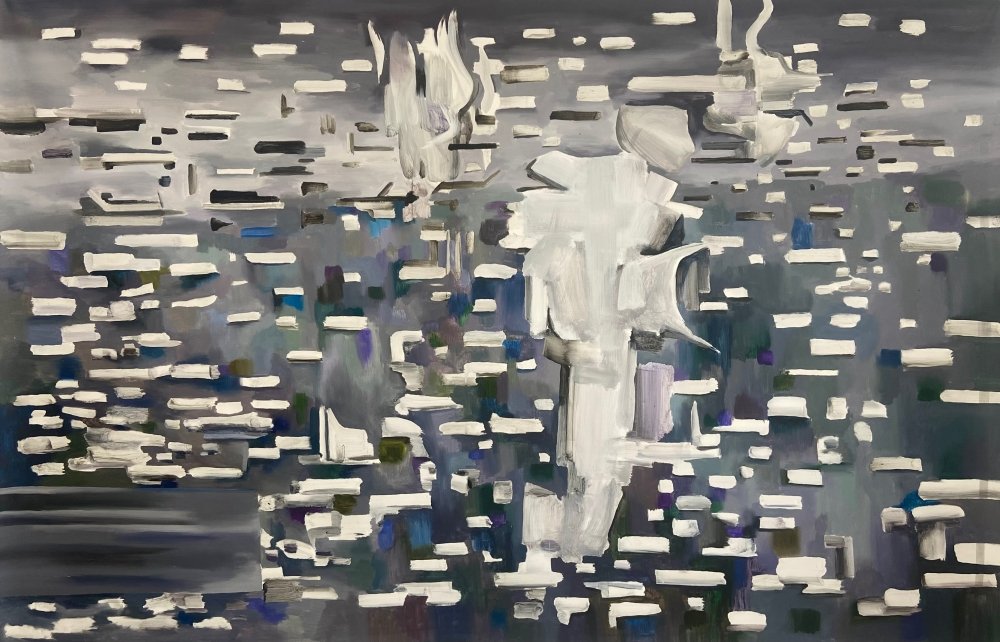
Courtesy of Lesia Khomenko
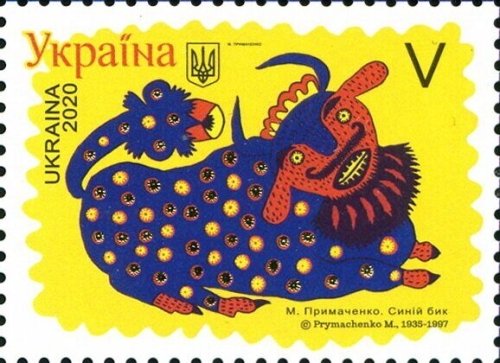
Ukrposhta, CC BY-SA 4.0, via Wikimedia Commons
Kateryna Kvasha, Staff Assistant Intern
I recommend all works by Maria Prymachenko, one of the greatest Ukrainian female painters. She was born in the Kyiv region and lived there for her entire life until she died in the 90s. Her vibrant and imaginative paintings depict the beauty of rural life, nature, and folklore. Despite having no formal art training, Prymachenko’s work gained international recognition and was even praised by Pablo Picasso. She was mostly picturing animals but what really stands out to me is that she never saw some of them. Imagine drawing an elephant just based on what you've heard about it.
What is really devastating is that the museum of local history where some of Prymachenko's paintings were kept was shelled in the first few days of the invasion. Unfortunately, not all of them were saved. If you want me to pick just one painting by Maria, I'd recommend the Boxers.

Courtesy of Kateryna Kvasha
When it comes to contemporary Ukrainian music, Jamala deserves to be on the top of the list. Jamala is a Ukrainian singer of Crimean Tatar origin. She won the Eurovision contest in 2016 with the song "1944", which recounts the deportation of Crimean Tatars by the Soviet Union in the 1940s. Jamala is one of a few artists whose music primarily highlights the culture of Crimea. What I admire most about Jamala is how she showcases the culture of Crimea through her music, showing the world a different dimension of Ukraine and reminding Ukrainians of our diverse heritage. In 2023, she also released an album titled QIRIM, which is her first album fully in Crimean Tatar language. Jamala does a huge job in keeping Crimea culture visible, especially in the context of the full-scale invasion.
.
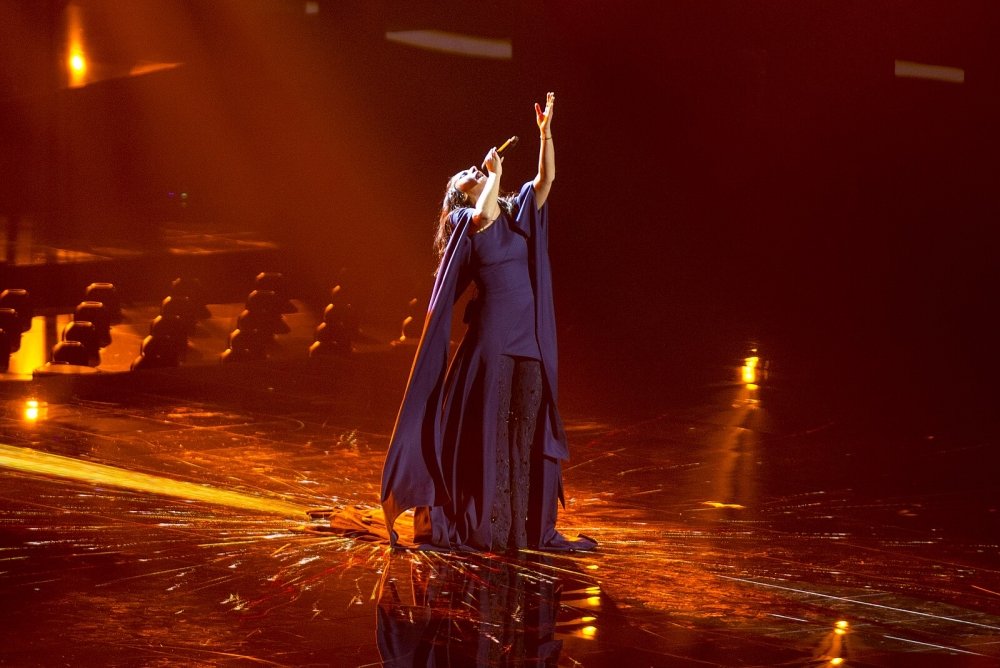
Albin Olsson, CC BY-SA 4.0, via Wikimedia Commons
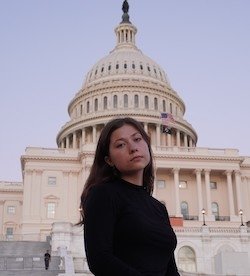
Courtesy of Veronika Makoviak
Veronika Makoviak, Staff Assistant Intern
Volodymyr Svidzinskyy is one of the most significant poets of the 20th century. He mostly wrote in symbolism and surrealism genres. The Soviet party accused him of being "out of time and space" and not being grounded in Soviet reality. He belongs to the Executed (Red) Renaissance–Ukrainian Intelligentsia that were accused of anti-Soviet agitation. He was executed in 1941. The Smell of Honey and Bitter Smoke (Запах меду і дим гіркий) is a very sentimental, melancholic poem about long gone love. I'm not very knowledgeable in poem analysis–however, the use of visuals and rhythms is masterful.
And, of course, one of my favorite artists--Vladyslav Yerko. Yerko is recognized worldwide. J. K. Rowling personally reached out to him with a request to create book covers for Harry Potter (he did). His unique use of colors and extremely detailed art pieces are truly intriguing. As a kid, I would spend at least 40 min staring at one of the pictures, always finding new details.
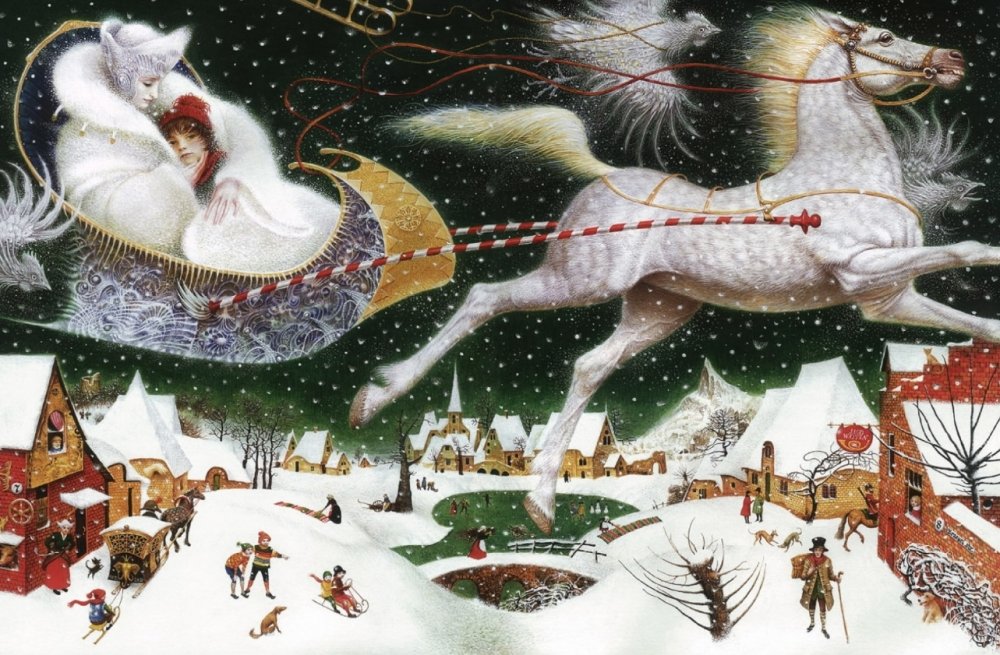
Courtesy of Nika Makoviak

Courtesy of Blair Ruble
Blair A. Ruble, Distinguished Fellow
Ukrainian composers of European classical music all too often have been overshadowed by alternative labels: Soviet, Russian, Austro-Hungarian, even European. These descriptors have tended to marginalize their works. Consequently, the musicians often remained outsiders when they made their way to major centers in Moscow, St. Petersburg, or Vienna. Such categorizations similarly denied the existence of a shared classical tradition in Ukraine.
Beginning in 2020, several musical leaders in Ukraine—including the Ukrainian Cultural Foundation, the Lviv Organ House, the Galician Music Society, and the online English-language news site Euromaidan Press—set out to change this situation. Their efforts gained enhanced meaning following the full-scale Russian invasion in 2022. Together, they have launched the Ukrainian Live Classic app, offering performances of more than 1,500 pieces and more than 2,500 scores by more than 100 Ukrainian composers across nearly four centuries.

“When you hear the sound of a shell flying at your house, at first you feel fear, then hatred. Hatred for whoever did it. For all of Russia, for all inhabitants without exception.” This line, by the first-person narrator in Olena Astaseva’s play “A Dictionary of Emotions in a Time of War” reveals more about the future of Ukrainian-Russian relations than all the well-meaning calls for peace in formal and informal media outlets.
Theater’s artificiality at times opens opportunities for truth-telling uninhibited by ordinary life. A collection of 20 plays written by Ukrainian playwrights in response to Russia's 2022 invasion of their country provides a range of deeply personal—even confessional—stories and observations about the war. Compiled, edited, and introduced by John Freedman, A Dictionary of Emotions in a Time of War: 20 Short Works by Ukrainian Playwrights (now available as a podcast) should be compulsory reading for anyone trying to work through what has happened, and will happen, in Ukraine.
Anastasiya Osipova, James H. Billington Fellow
Sergei Loznitsa’s new documentary film Invasion (2024) is a meditation on the transformations of Ukrainian society since the beginning of the full-scale Russian aggression in 2022. Although most critics choose to discuss Invasion together with Maidan (2014), I see Loznitsa’s most recent work about the daily life (and the daily death) in Ukrainian cities and villages, some distance away from the frontline, as closest—in terms of its structure and tasks—to his Blockade (2005). Like this film about life in Leningrad under siege by the German Nazi Army between 1941 and 1944, Invasion too aims to capture the paradoxical war-time rhythms and forms of quotidian existence. Neither the news, with its urgency, spectacularism, and tendency for emotional exploitation, nor the morale-boosting muscular propaganda of national strength and unity can grasp the grinding attrition from having to weave the ongoing catastrophe into the texture of everyday life, bodies, cities, and collective psyche.
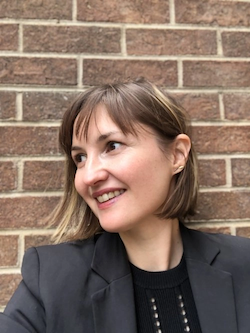
Courtesy of Anastasiya Osipova
A person is taking a dog on an early morning walk past a long row of concrete nine-storied residential buildings, one of them—with an enormous, smoldering gap in the middle (some may recognize this building in Dnipro, in which 46 people were killed and more than 86 wounded as a result of a missile strike in January of 2023). A volunteer, who has just removed her sparkling costume after an improvised Christmas party for the village children living close to the front-line, is quietly confessing that her own hope for Christmas is to see her POW boyfriend exchanged and to learn that he did not get tortured and psychologically damaged in captivity. In these and other scenes in Invasion, we see that living with and through war means developing a special emotional musculature to sustain an impossible and painful montage of shocks, losses, and traumas that damage, but do not completely negate the daily life. Sometimes this incorporation of war is literal, as with the amputee veterans, learning to balance on their prosthetic legs. Sometimes, coping with destruction takes a form of repeated collective rituals of celebration, mourning, and singing. Yet, this pressure to endure and to structure losses into a continued collective life also at times comes with increasing emotional and cultural rigidity, a need for symptomatic release of stress and aggression, as well as a general militarization of all aspects of life. Scenes of such misplaced expressions of tension are also present in Invasion: a man standing in line for humanitarian aid is showering the people around him with obscenities; Russophone books are brought out of the Kyivites’ private and public libraries to be destroyed (among them––a complete collection of Stalin’s works, but also a non-ideological mélange of Russian classics, Soviet-era translations of European literature, and pulp fiction); a school day that starts with a discussion of war-themed children’s drawings.

Mvs.gov.ua, CC BY 4.0, via Wikimedia Commons
The durational cinema of Loznitsa is registering not only the moments of coming together, but also the attrition and the fracture-lines running through Ukrainian society. In Invasion we see heroism, generosity, patience, grief, but also the increasing rigidity and inner social tension under the grinding, prolonged pressure of war. The final, panoramic shot of Invasion shows Maidan on the Independence Day and a gathered crowd, through which a variety of forces, both centrifugal and centripetal, are working: some of the people are looking with expressions of grave, profound mourning at a memorial for the fallen soldiers, others, just meters away, are smirking, third are taking sexy selfies by the flowerbeds. They all are part of a nation––not necessarily a nation united, but a nation surviving and changing under an immense strain.
Contributors

Svitlana Biedarieva

Kateryna Kvasha
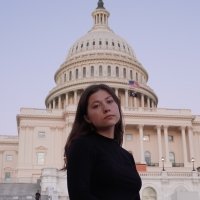
Veronika Makoviak

Blair A. Ruble
Former Wilson Center Vice President for Programs (2014-2017); Director of the Comparative Urban Studies Program/Urban Sustainability Laboratory (1992-2017); Director of the Kennan Institute for Advanced Russian Studies (1989-2012) and Director of the Program on Global Sustainability and Resilience (2012-2014)
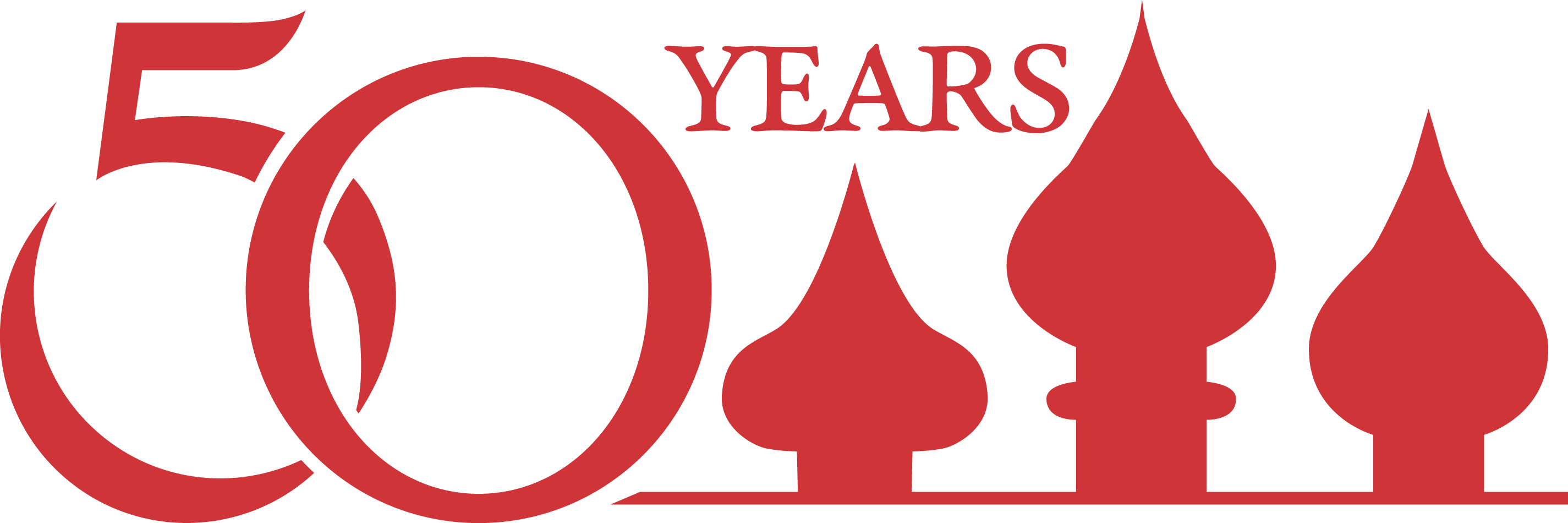
Kennan Institute
The Kennan Institute is the premier US center for advanced research on Eurasia and the oldest and largest regional program at the Woodrow Wilson International Center for Scholars. The Kennan Institute is committed to improving American understanding of Russia, Ukraine, Central Asia, the South Caucasus, and the surrounding region though research and exchange. Read more


